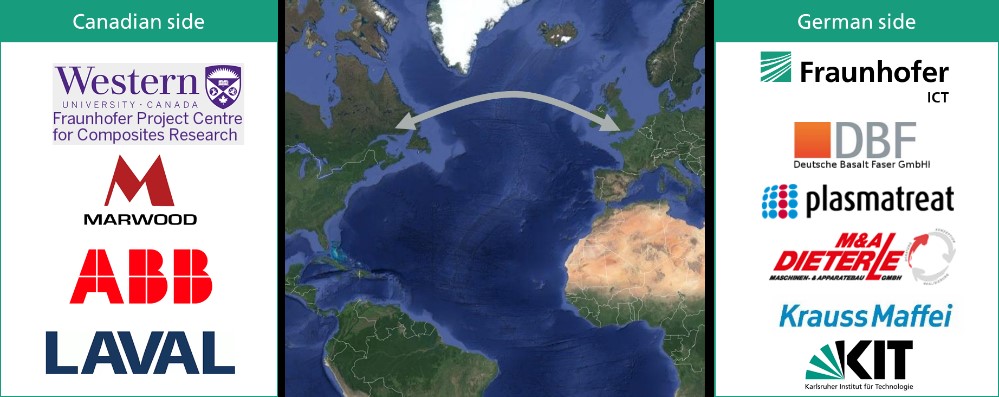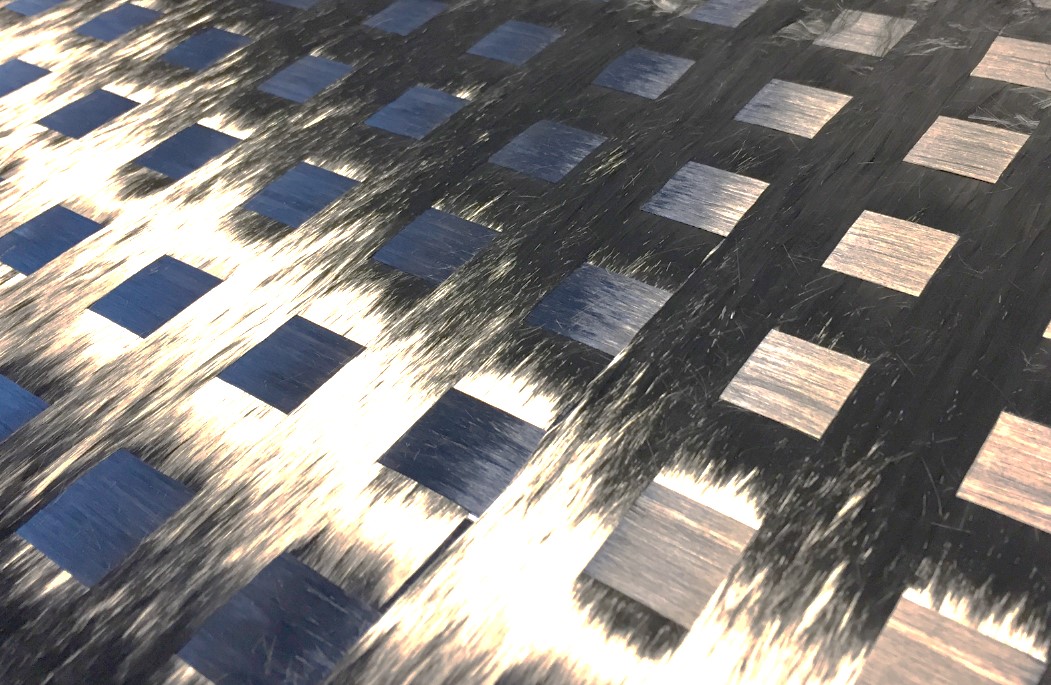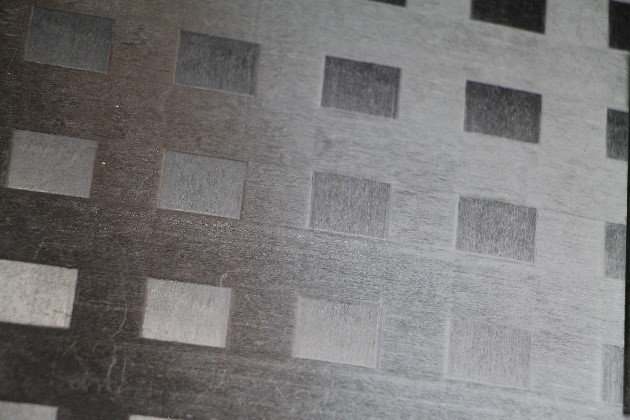Currently, there are three main trends in automotive lightweight construction: (1) The use of high-strength metal alloys, (2) substituting metals by composites, and (3) the combination of hybrid materials. By using high-strength metal alloys, the wall thickness of structures can be reduced. However, once a critical minimum thickness is reached, designers can expect stability problems. Thus, the potential of high strength materials for lightweight construction is limited. The second approach: substituting conventional construction materials by high performance composites like carbon fiber reinforced plastics (CFRP) allows considerable weight savings but is restricted to small series vehicles due to relatively long cycle times and high material costs. A promising alternative are structural components realized in multi-material design.
In this context, the HyWet project investigates the cost efficient and robust manufacturing of FRP-metal hybrid structures consisting of sheet metal blanks made of steel or aluminum with a local FRP reinforcement. A promising approach to overcome the cost issues is the hybrid Wet Compression Molding technology where a textile semi-finished product is wetted by a resin and directly formed into a sheet metal structure. In this case, the adhesion of the sheet metal and composite is realized by co-molding whereby the chosen resin takes the role of an adhesive. After the forming and co-molding process, the tool is kept closed for further curing of the FRP reinforcement.
 Fraunhofer Institute for Chemical Technology ICT
Fraunhofer Institute for Chemical Technology ICT


